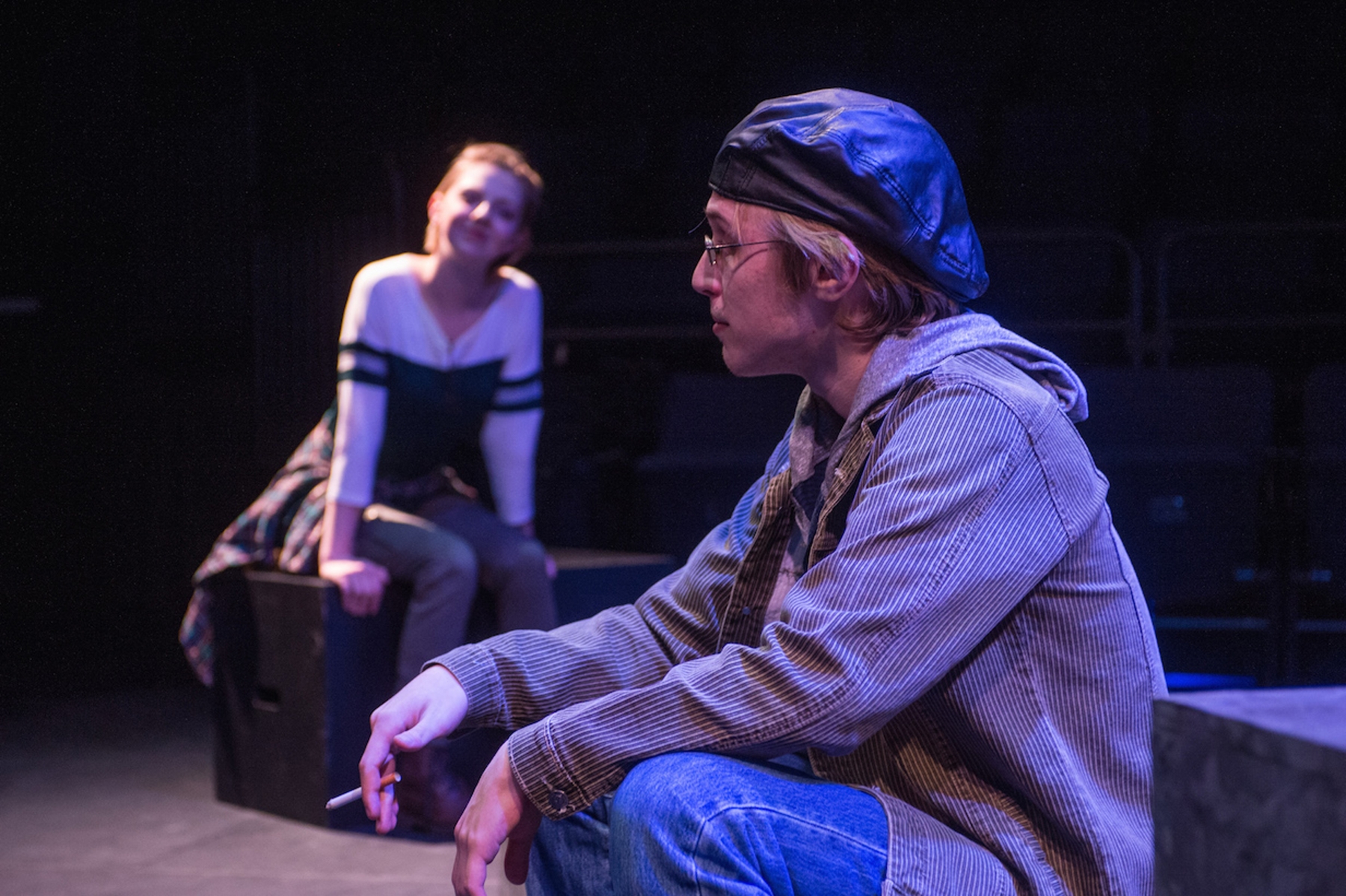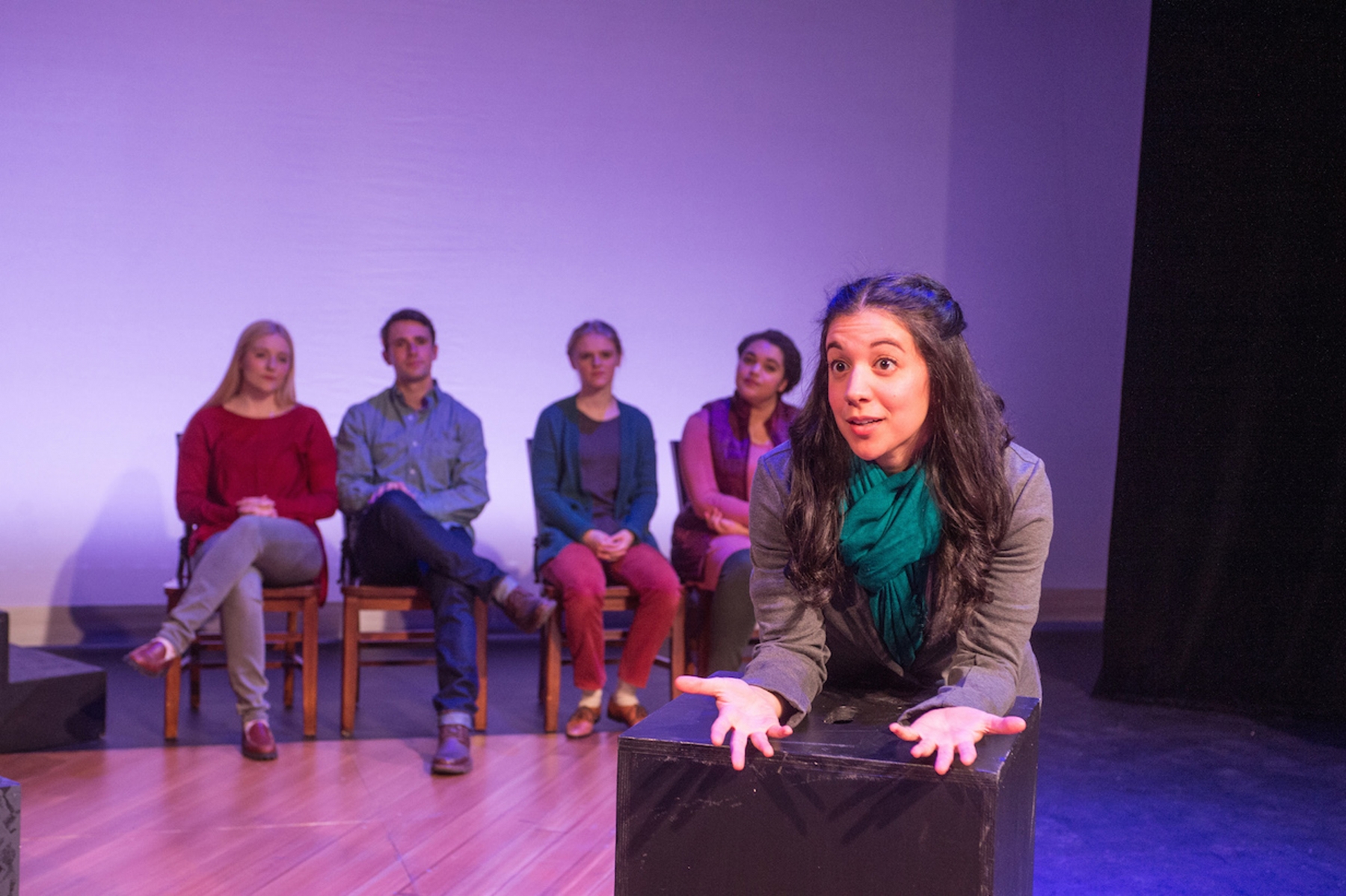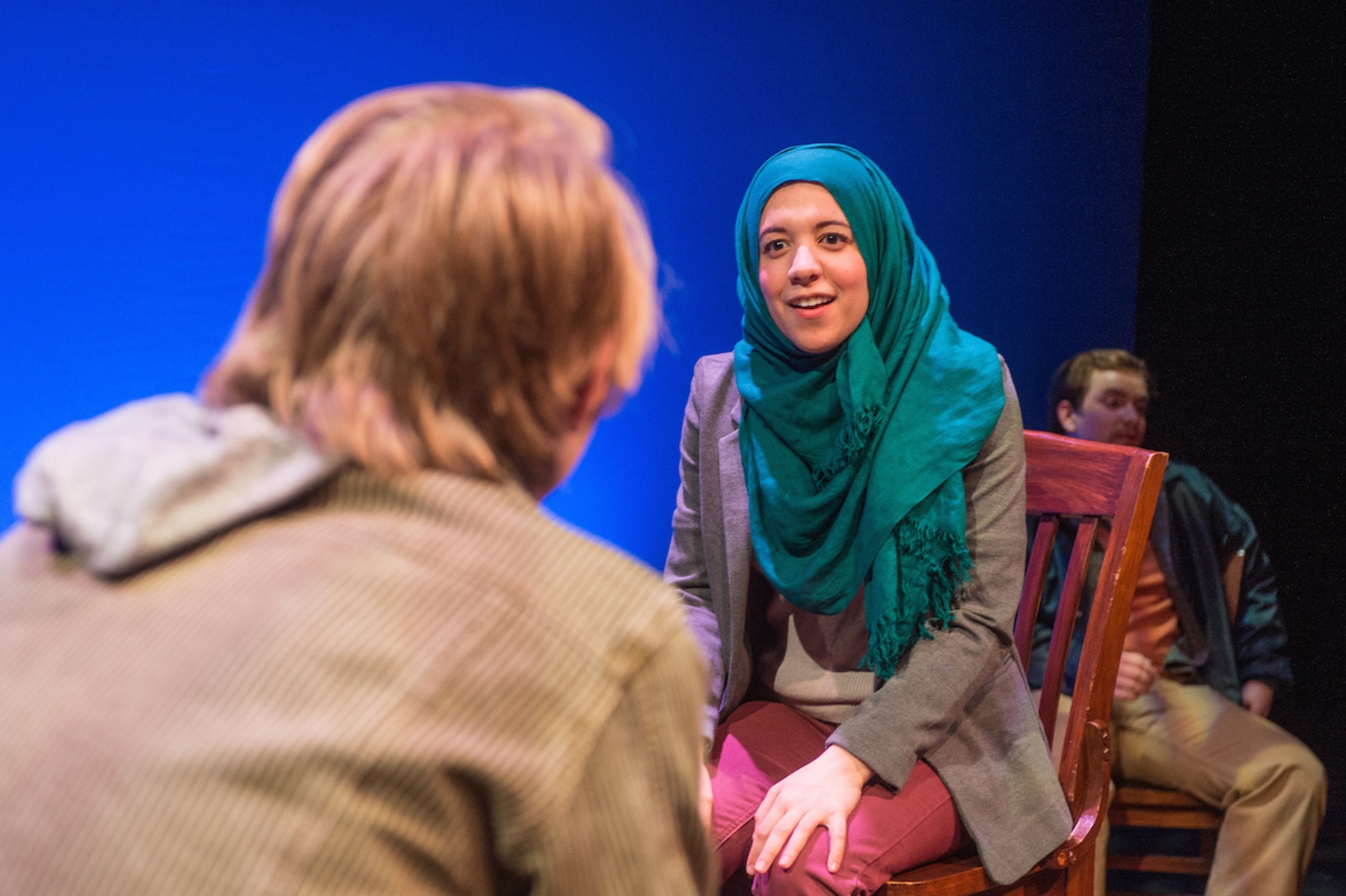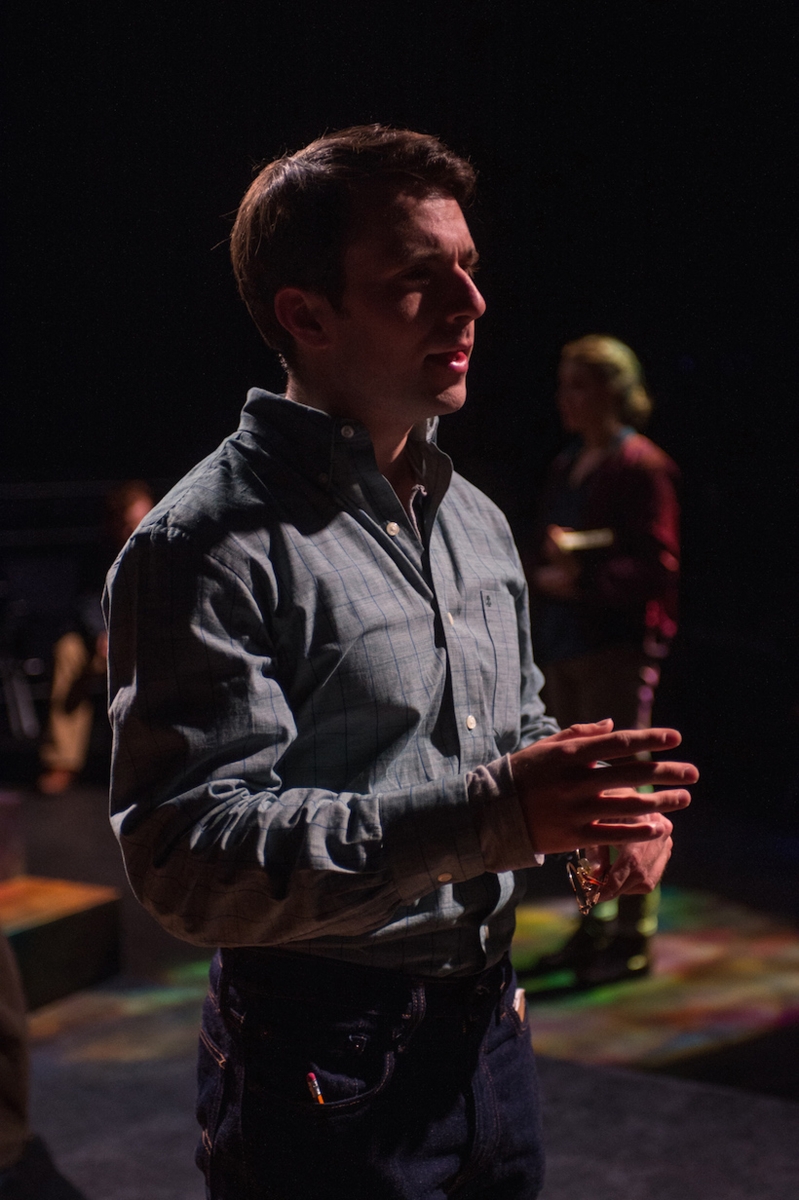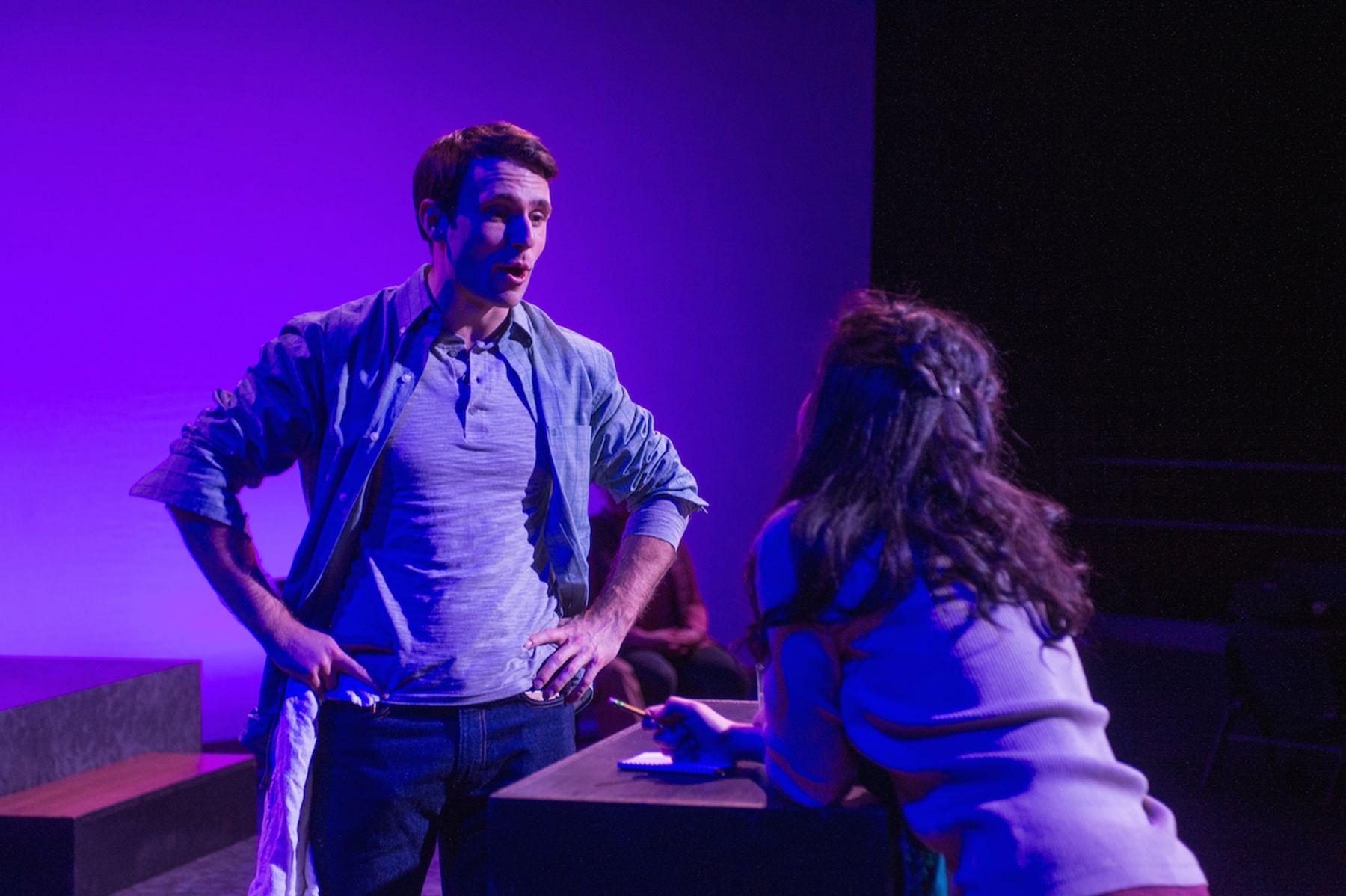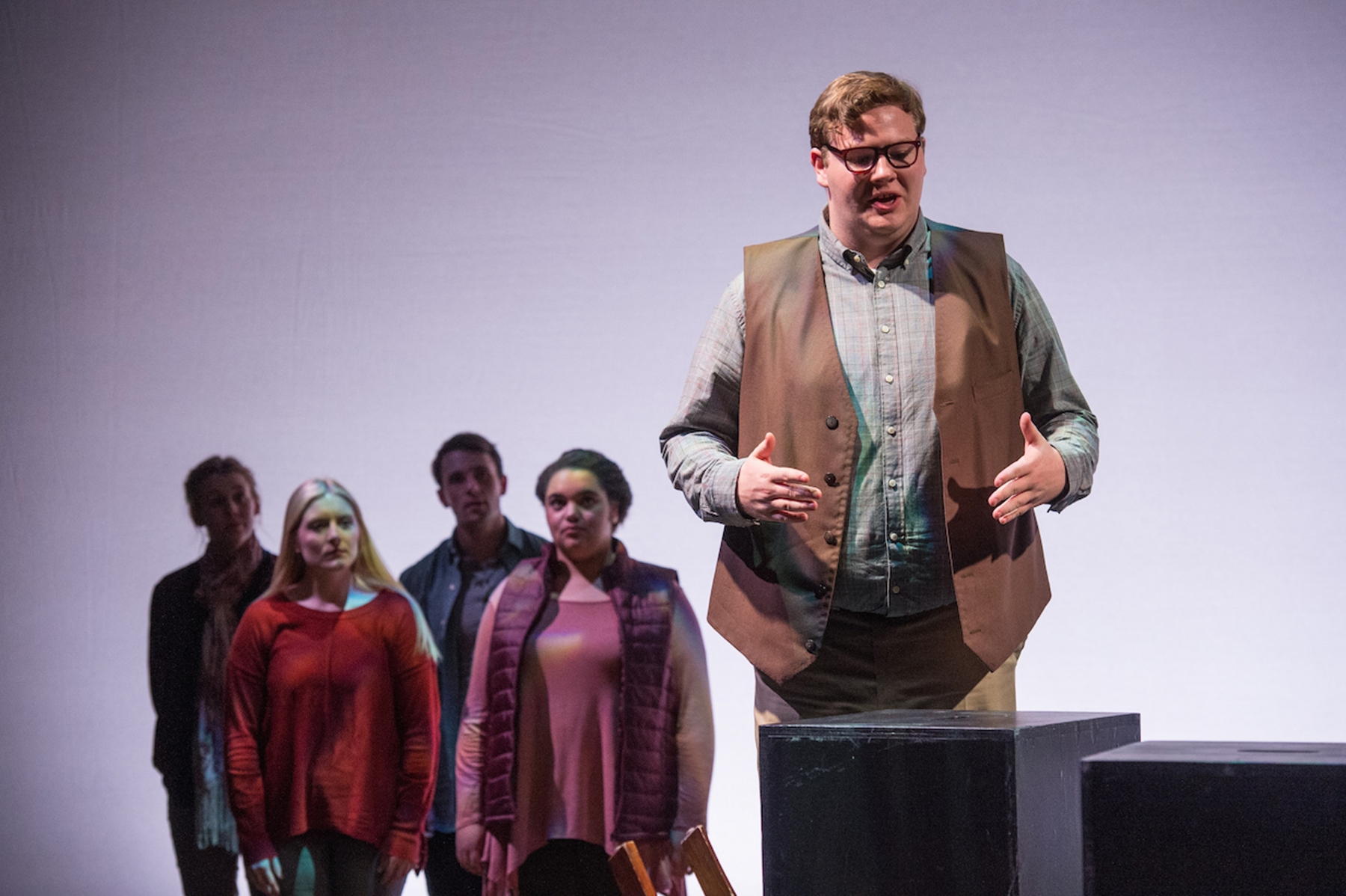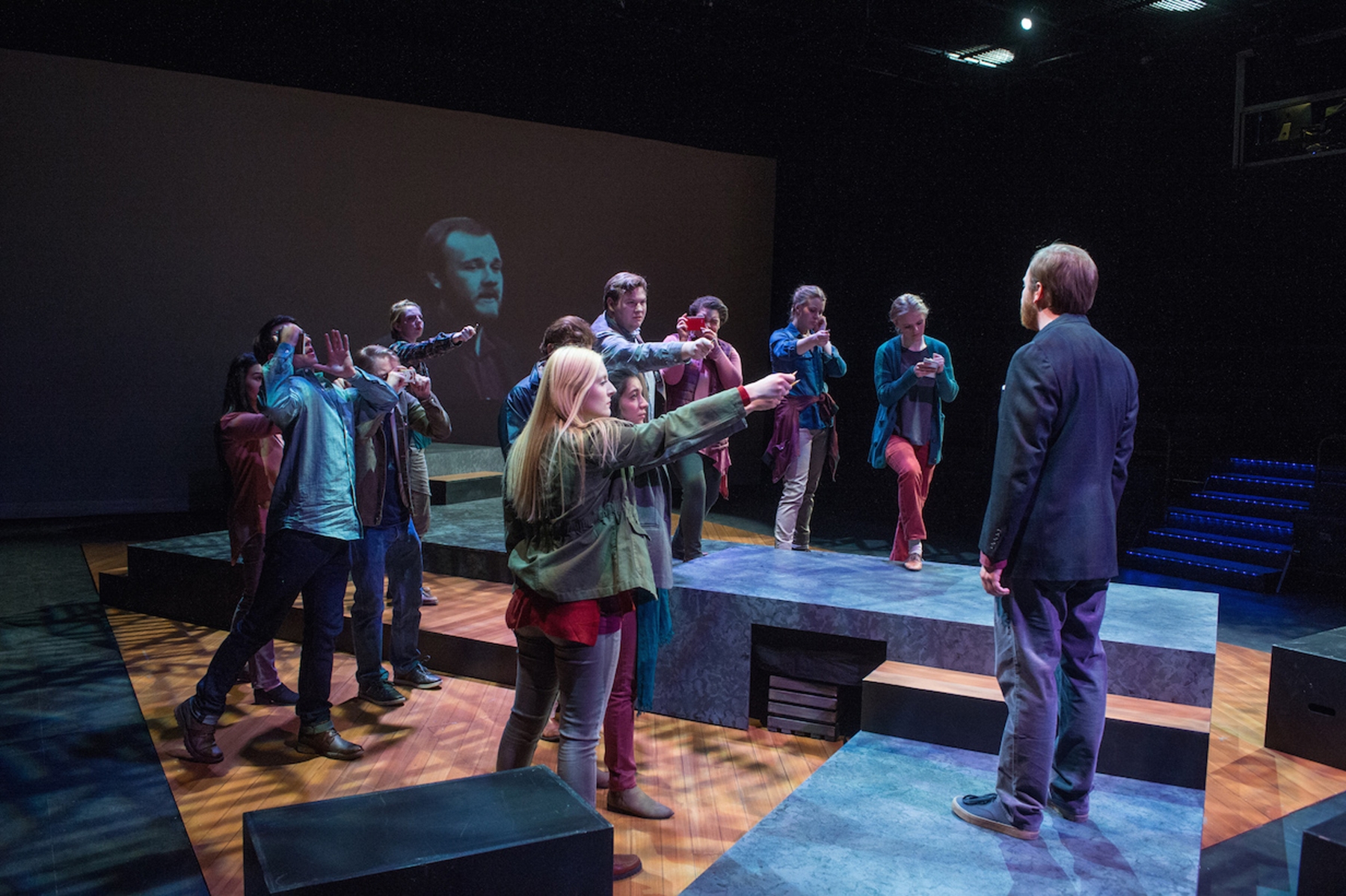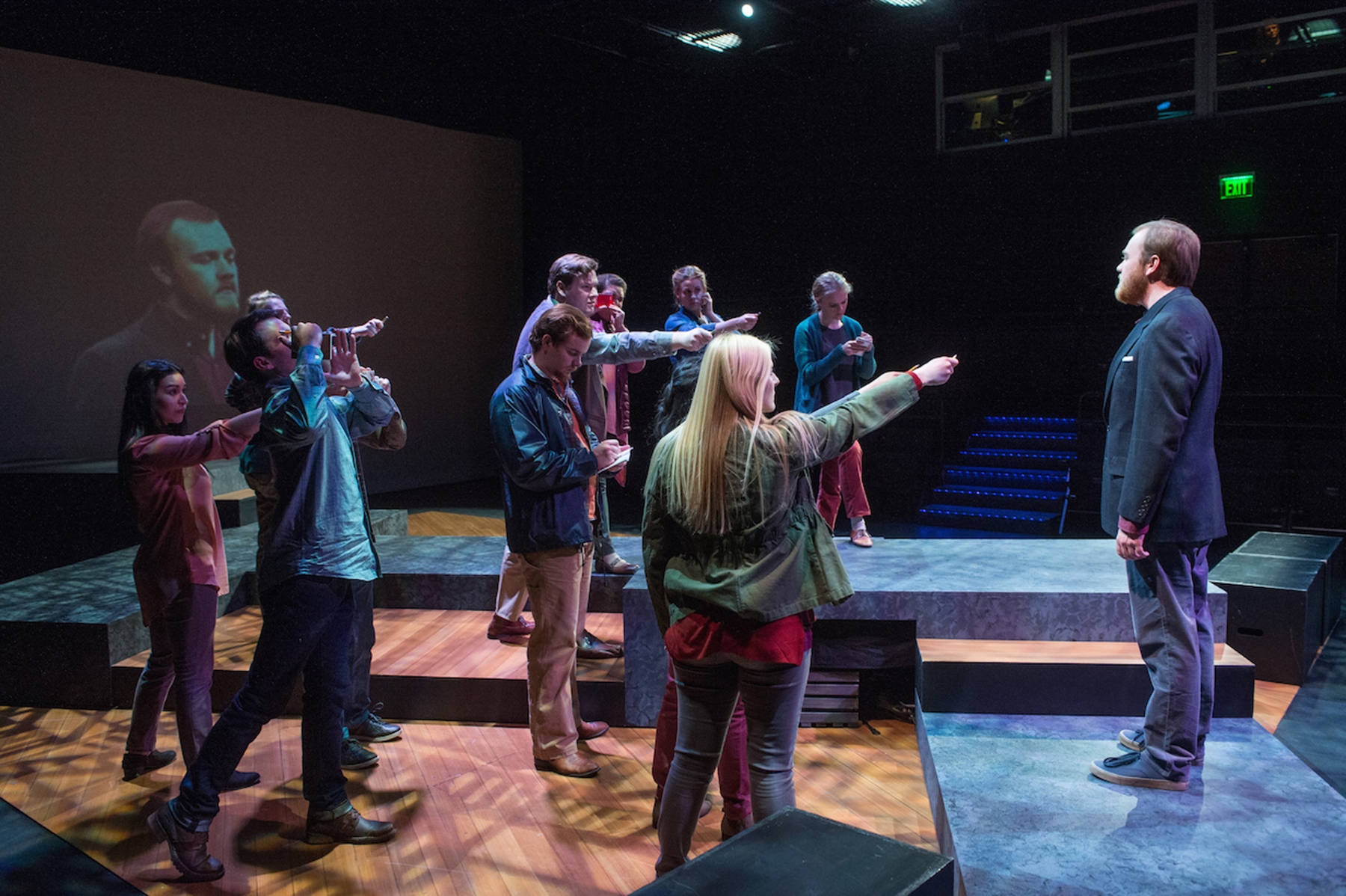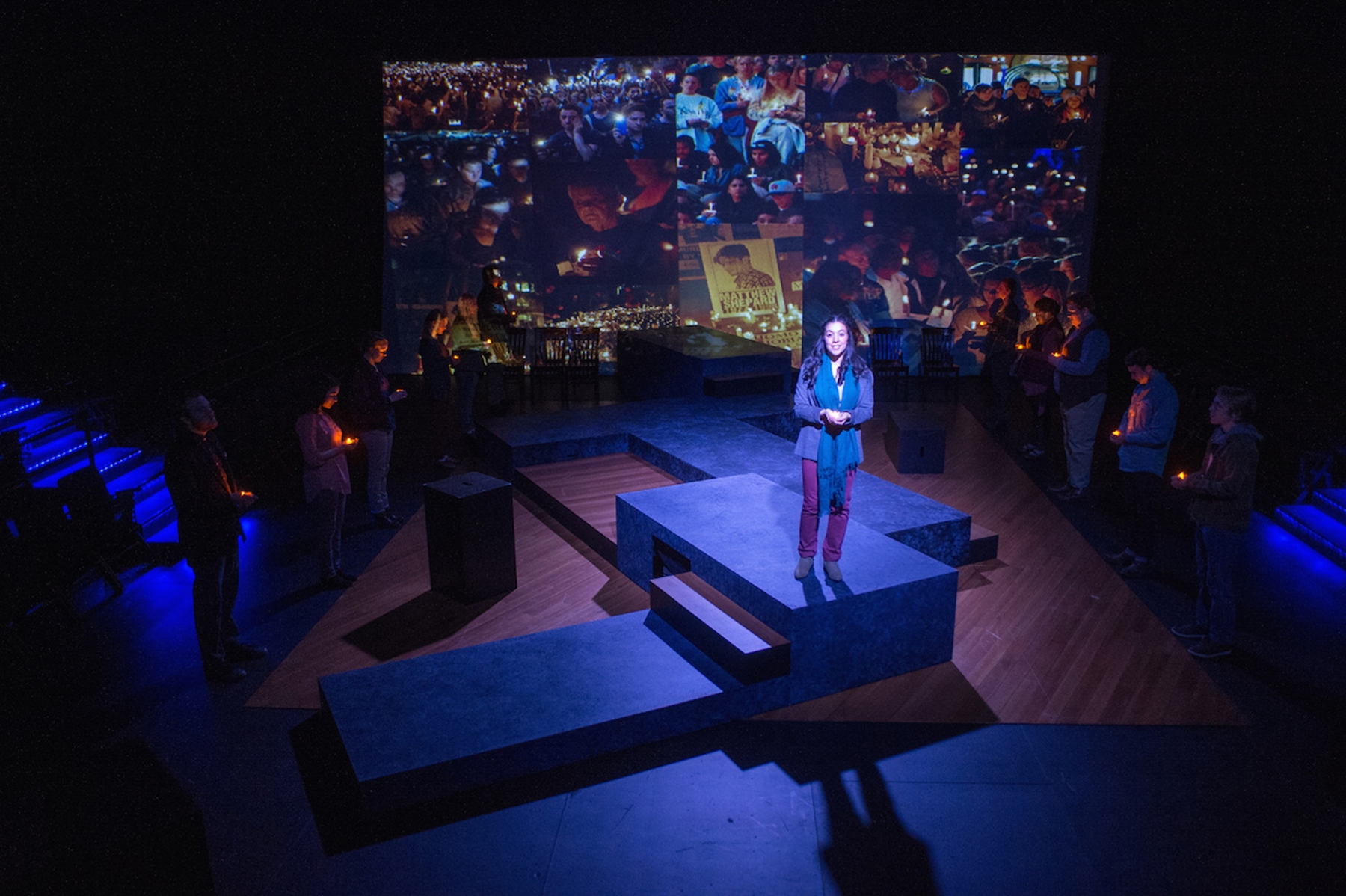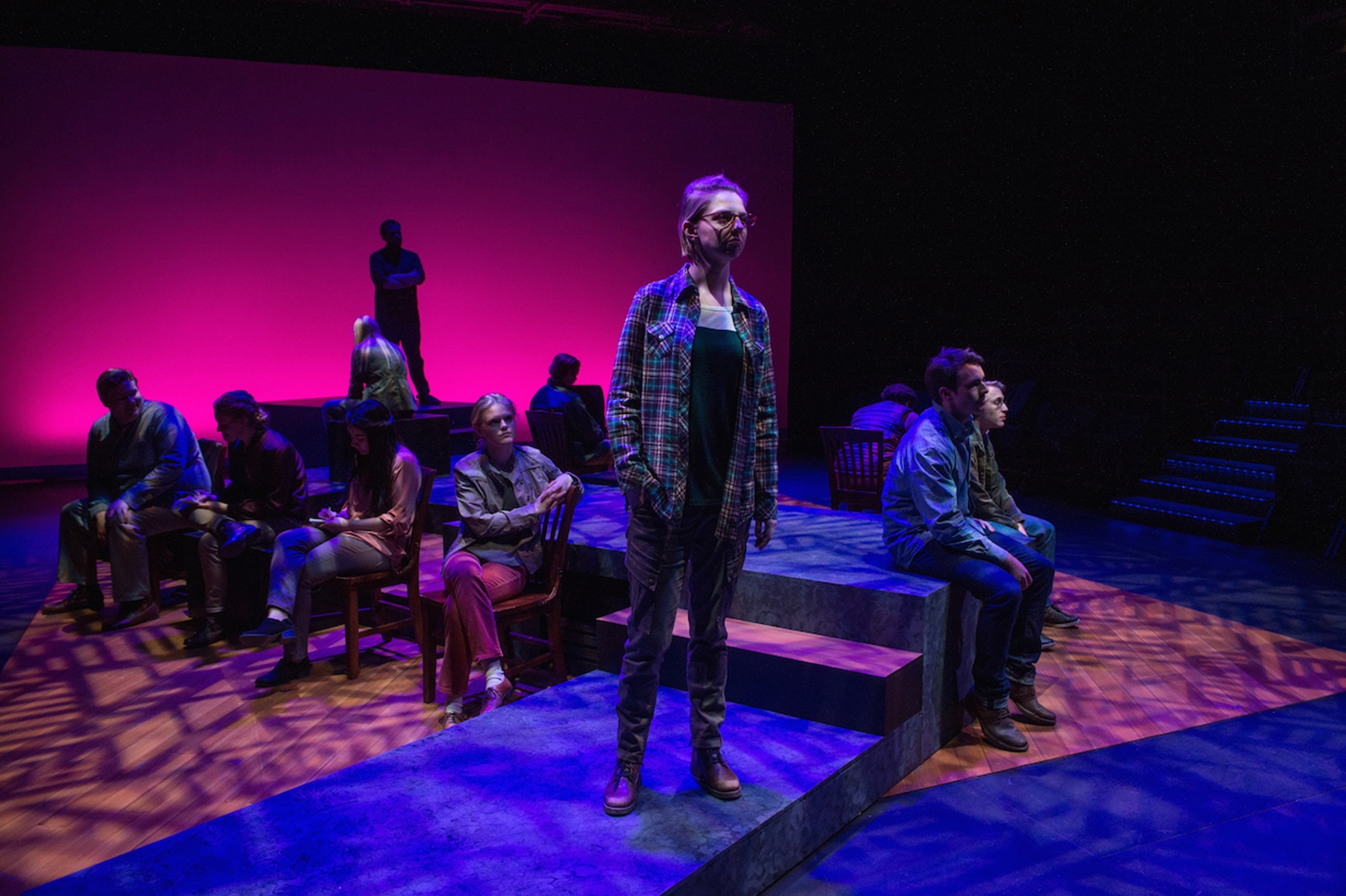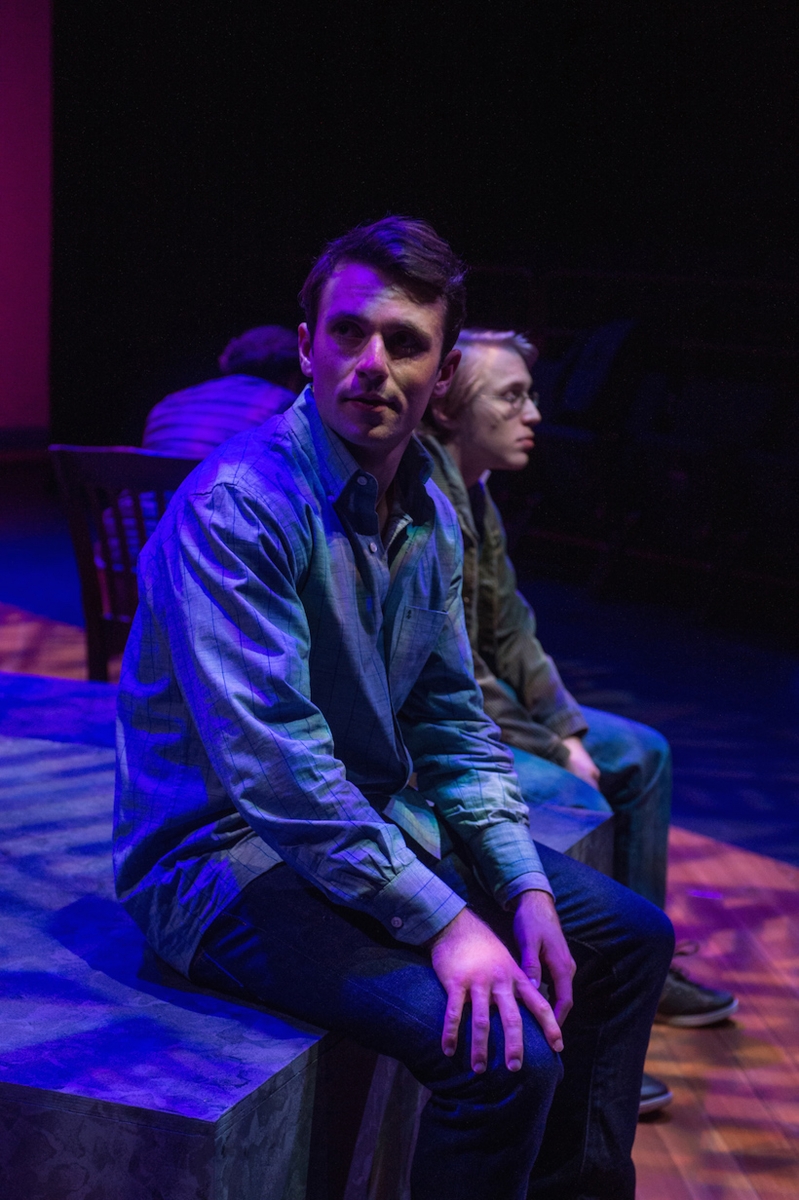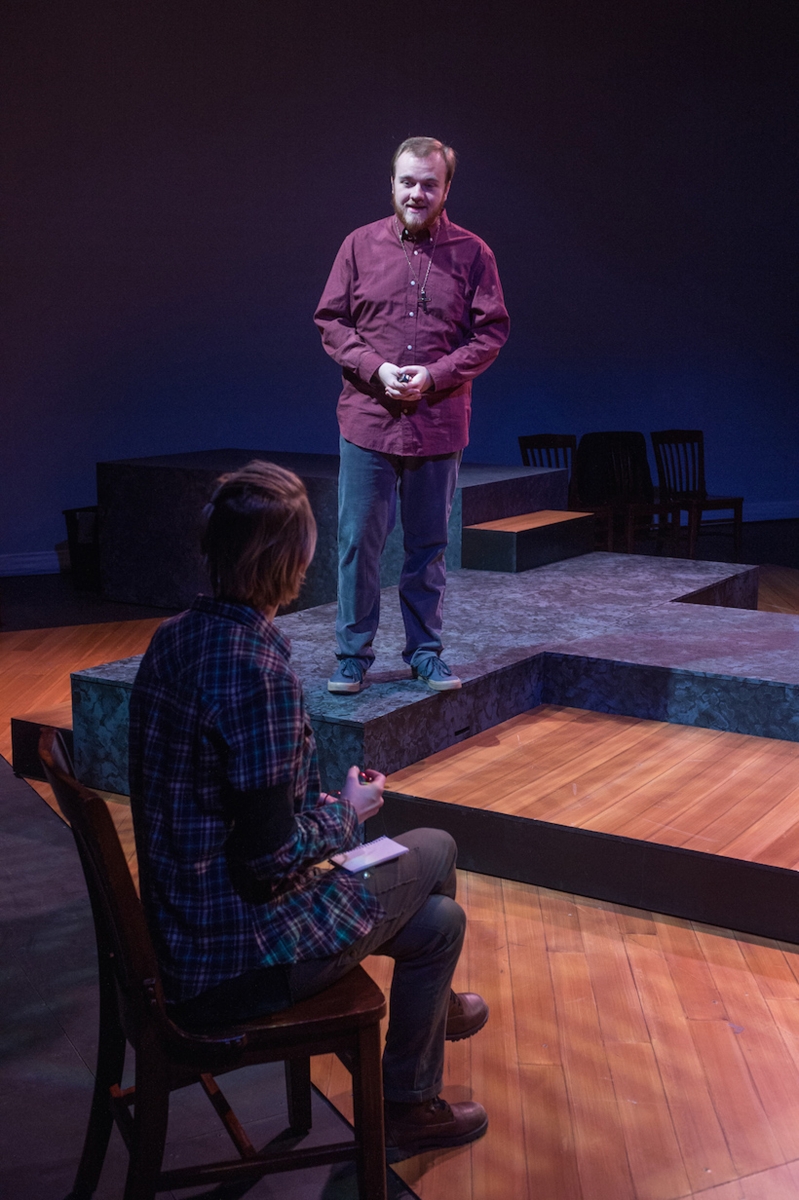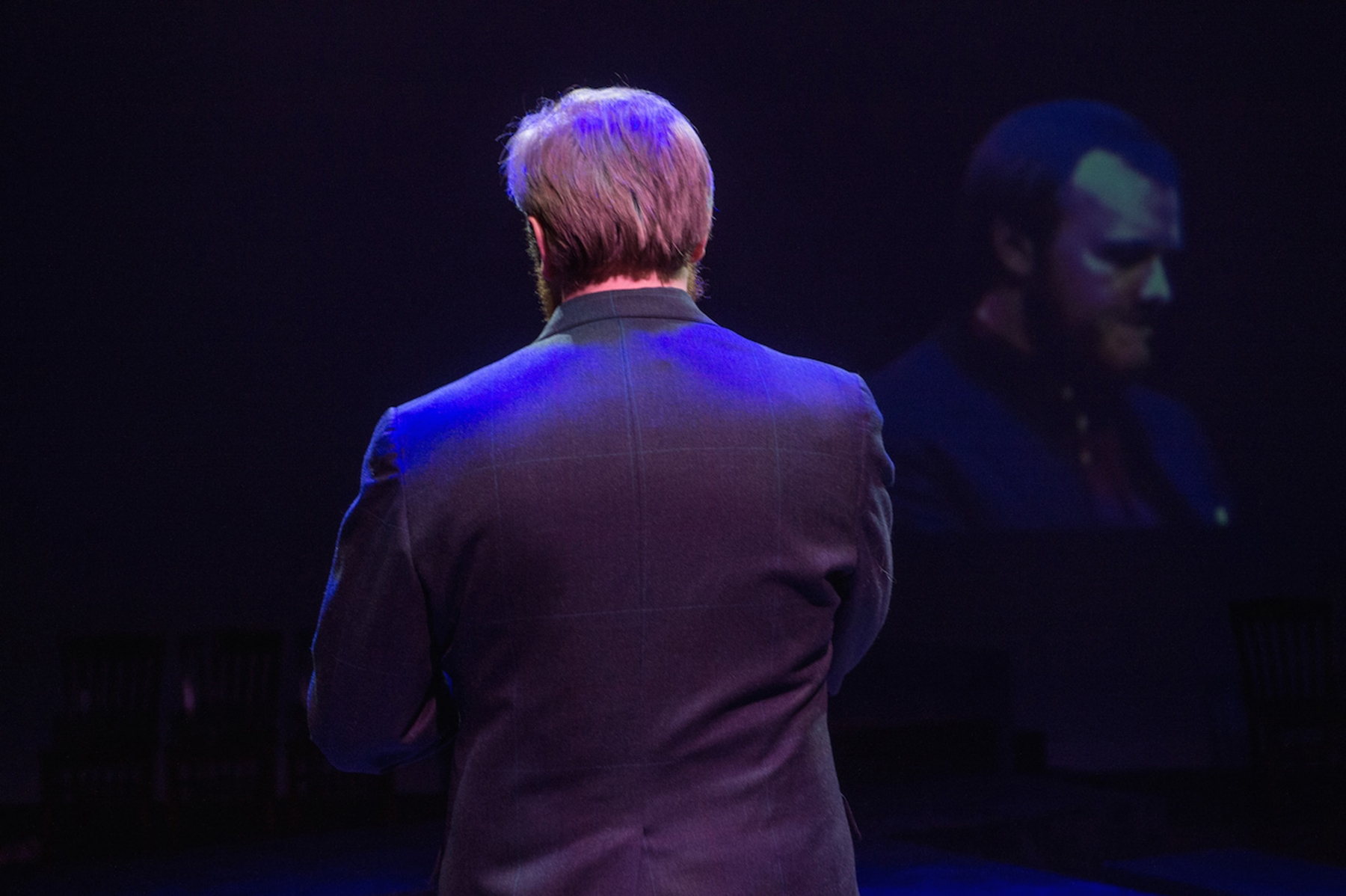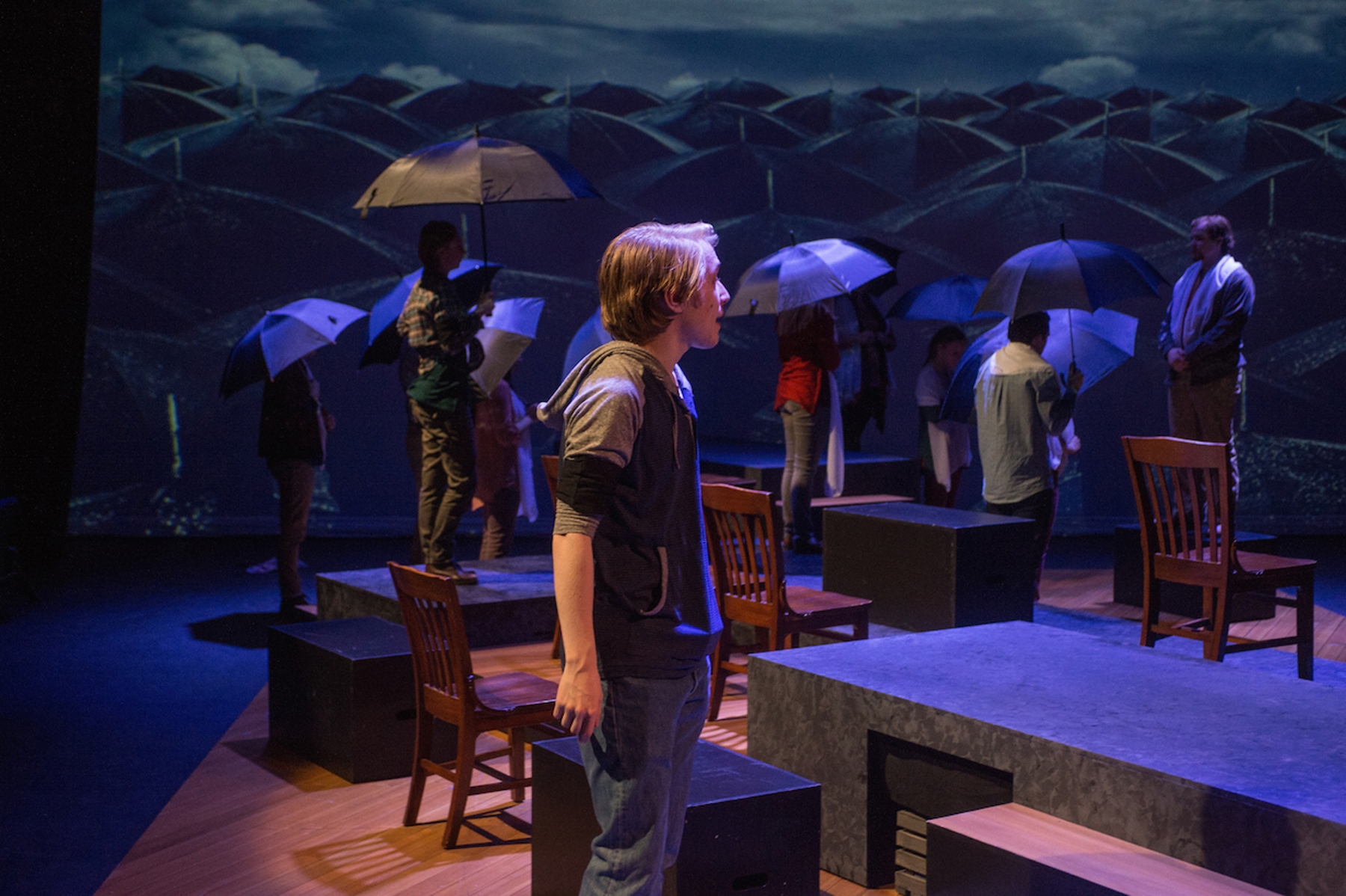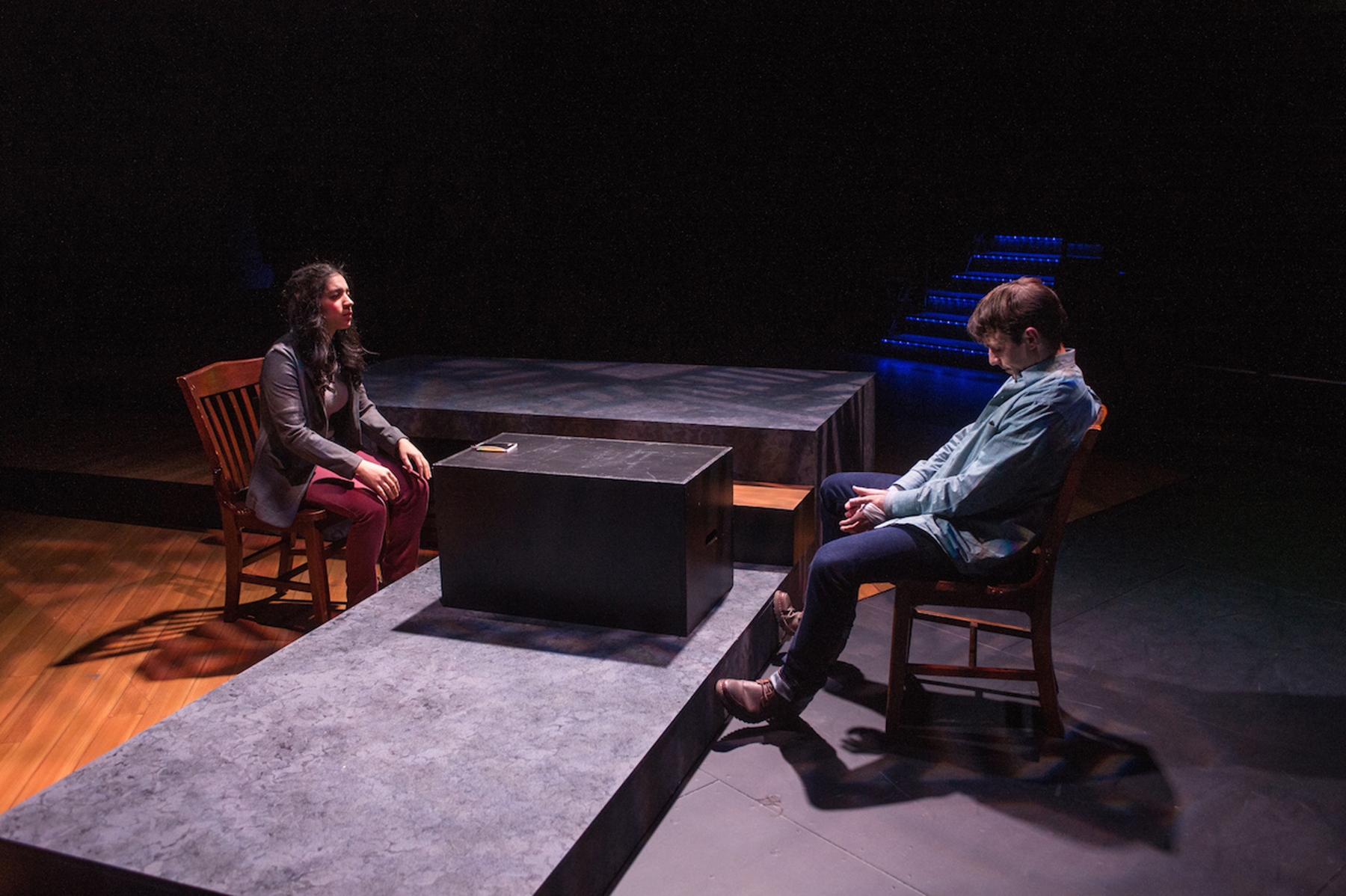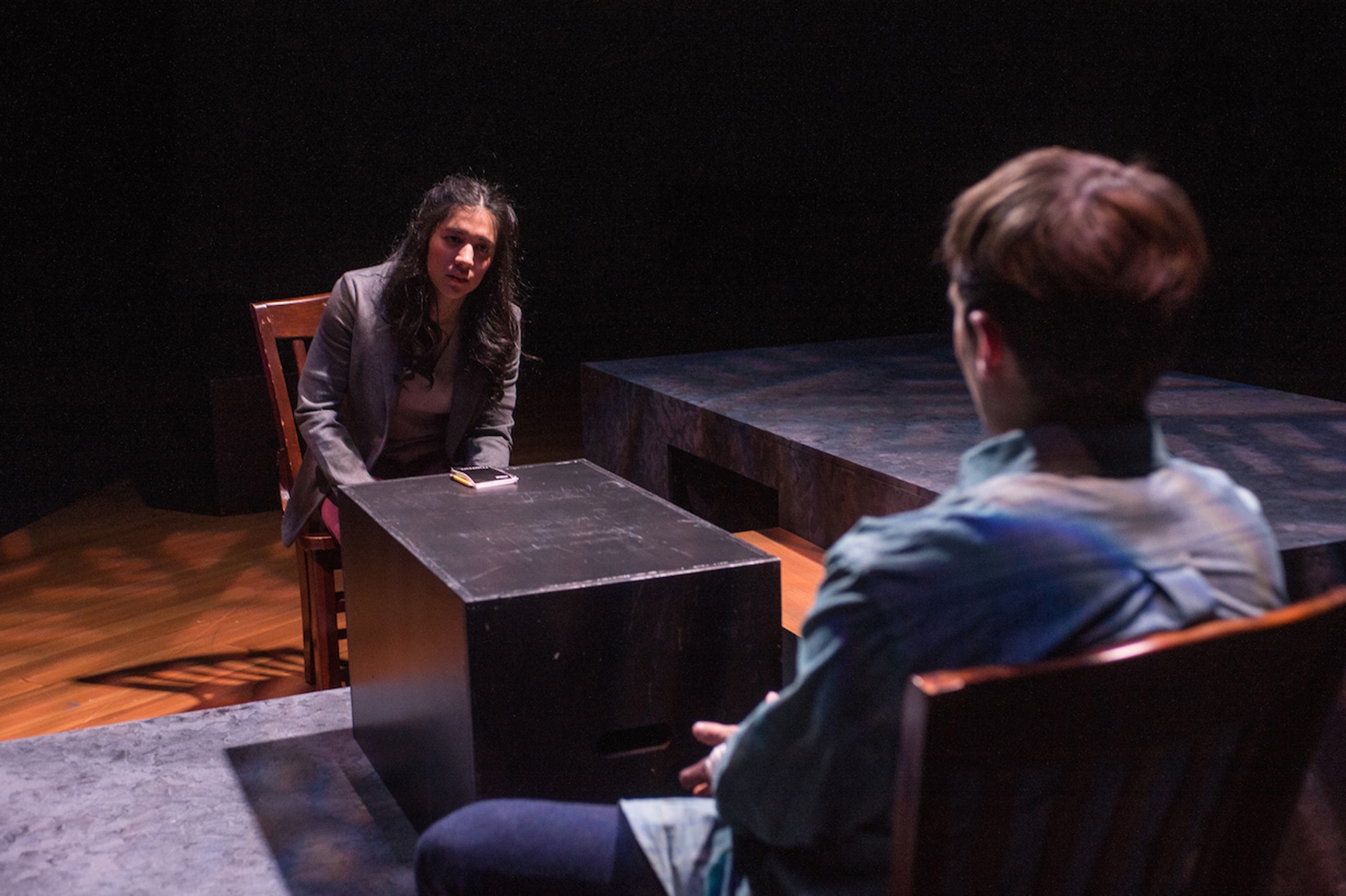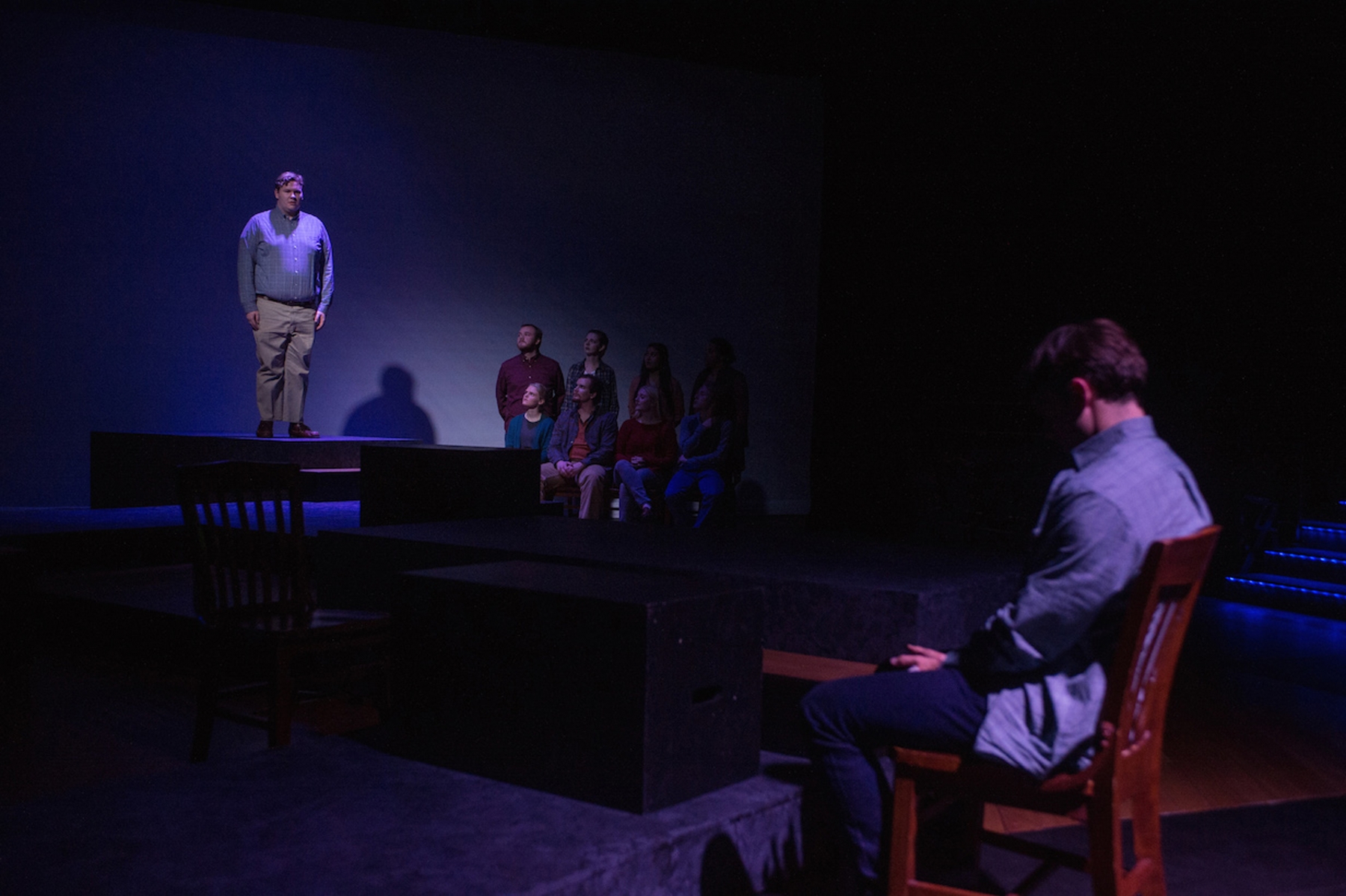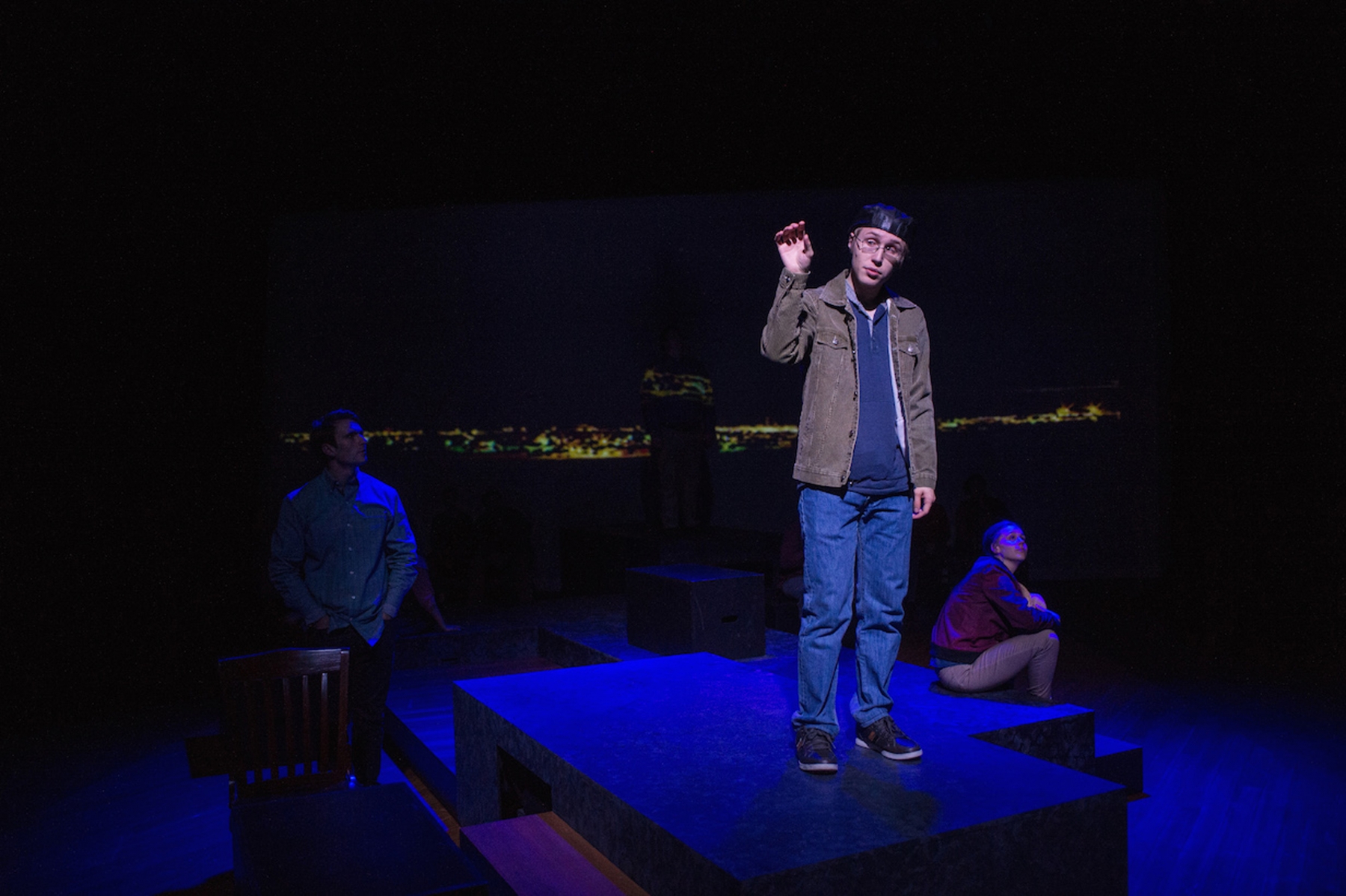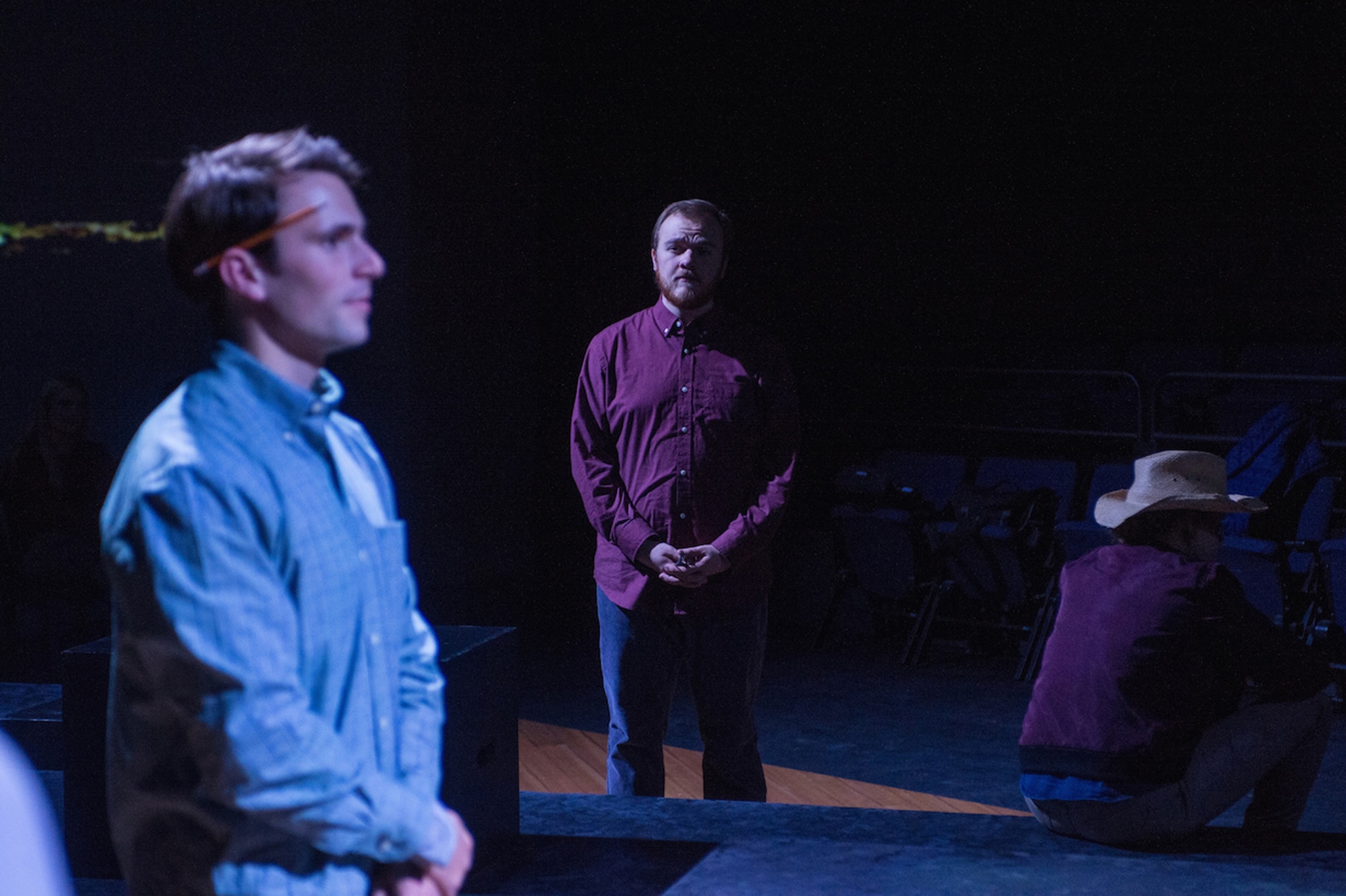| Artistic Staff | Cast |
| Director: Scott C. Knowles | Ensemble: Joseph Price |
| Assistant Director: Parker Hess | Ensemble: Tony Sloan |
| Scenic Design: JD Sargent | Ensemble: Hannah Fontes |
| Costume Design: Shelby Luke | Ensemble: Isabella Abel-Saurez |
| Lighting Design: Heather Reynolds | Ensemble: Trent Dahlin |
| Sound Design: JD Sargent | Ensemble: Alexander Greig |
| Dramaturg: Lauren Paiger Hoover | Ensemble: Alaynah Woodhouse |
| Stage Manager: Kristine Nordby | Ensemble: Amber Chavez |
| Ensemble: Kenna Funk | |
| Ensemble: Teeq Hill | |
| Ensemble: Emily Cacho | |
| Ensemble: Jordan Mulholland |
Vision Statement
In 1998 Matthew Shepard was tied to a fence, beaten brutally, and left to die. His death at the demarcation of a boundary, a fence,[1] resonates powerfully because it is both the literal location of this heinous act and a metaphor for the lines of demarcation, the boundaries, the fences that enclose us all. It is the various boundaries portrayed within the play and how we reinforce them, cross them, burn them down, and build them that makes up the content and purpose of this production. Consider a line from the opening moment, “There’s so much space between people and towns here, so much time for reflection,” or the variety of groups of people described by Sergeant Hing (traditional-type ranchers, university population, and the people who live in Laramie). Conversely, we have the notion that no one person in Laramie is separated from any other person by more than one-degree. Within the play we see these complicated lines of “us and them” collapse and reform and collapse again. Further still, we see these boundaries expressed in matters of faith, disease, politics, civil rights, sexuality, and art. These various fences are disputed throughout the play as a small town explains who they are and what the death of Matthew Shepard has taught them; how his death has shifted their boundaries.
At its
center, the play focuses on the earth shattering killing of Matthew Shepard and
how it brought down and called into question several boundaries. Members of the
LGBTQ community were confronted with the very real question of their safety
within the United States and the potential for loss that comes with it. Laramie
specifically, and the world more generally, was confronted with the reality of
hate crimes propagated by systemic homophobia and bigotry. The play rehearses
and makes present this historical, boundary shifting, moment of change. SUU is
currently working to shift this same boundary toward diversity and inclusion
and our production’s goal is to further that conversation through an experience
that challenges the fences we all put up.
[1] I am of course aware that Shepard died in a hospital several days later, but his father (Dennis Shepard) is quoted within the play stating, “he actually died on the outskirts of Laramie, tied to a fence” (95). It is this perspective to which I am referring.
Director’s Note
“The retelling of stories already told, the reenactment of events already enacted, the reexperience of emotions already experienced, these are and have always been central concerns of the theatre in all times and places”(3). —Marvin Carlson, The Haunted Stage
The theatre is no more or less than the cultural memory of our community. The tragic murder of Matthew Shepard in 1998 reflects a paradigm shift in the fight for LGBTQ+ rights and a more inclusive society. The Laramie Project is a snapshot of that moment distilled into a theatrical memory that can be transmitted and remembered. It represents a town’s complex, difficult, and nuanced response to tragedy. It rehearses and makes present this historical, boundary shifting moment of change so that we might rehear a story often told and re-experience emotions already experienced. So that we might remember our past in order to more carefully plan our future.
